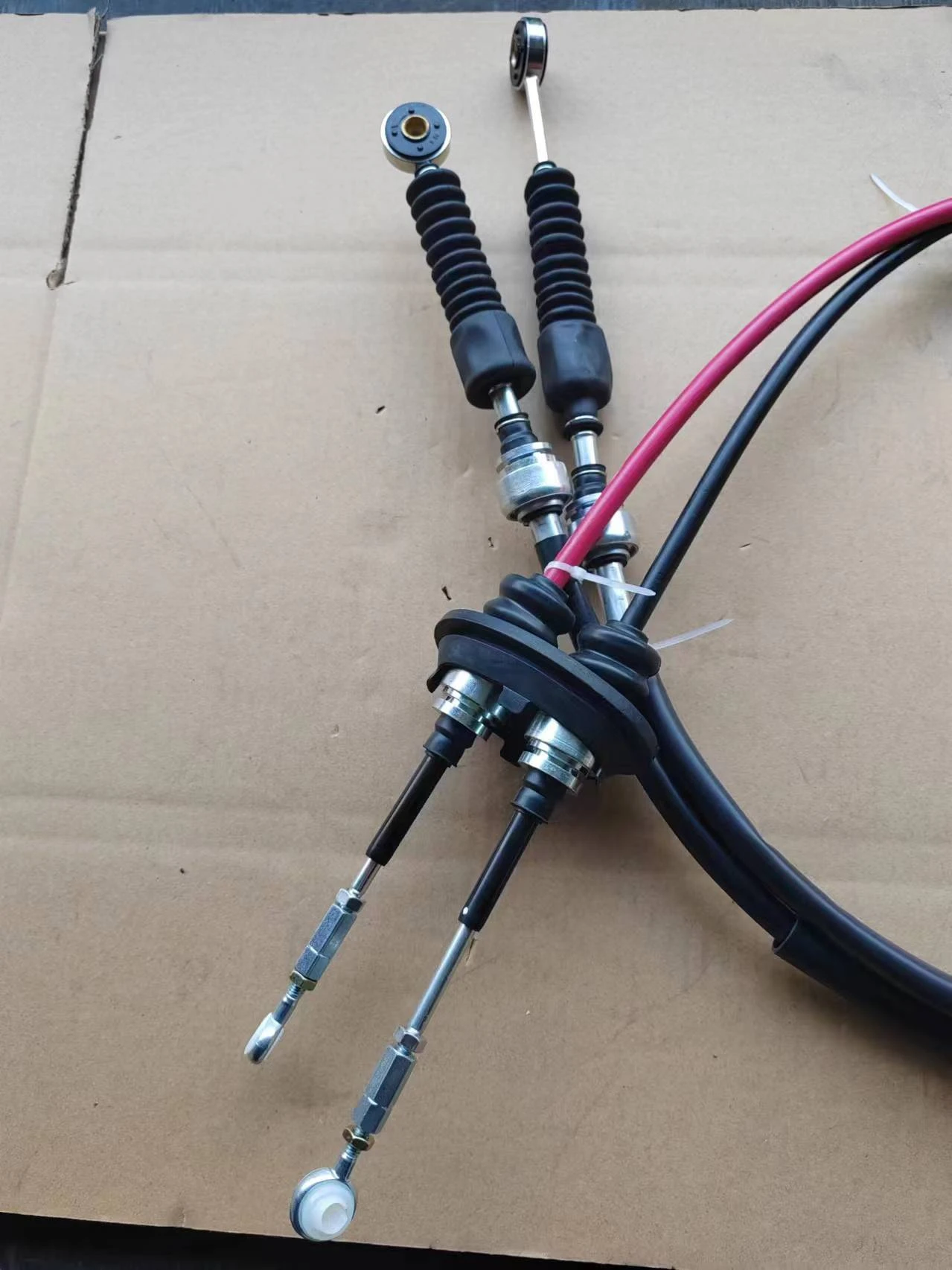Flexible Hose for Slave Cylinder Applications in Automotive Systems
Understanding the Importance of the Slave Cylinder Hose in Automotive Systems
In the realm of automotive engineering, various components work in concert to ensure a vehicle operates efficiently and safely. Among these components, the slave cylinder hose plays a crucial role, particularly in hydraulic clutch systems. This article explores the function, significance, and maintenance of the slave cylinder hose, shedding light on why it deserves attention from car enthusiasts and regular drivers alike.
What is a Slave Cylinder Hose?
The slave cylinder hose is a crucial component in hydraulic clutch systems, which are common in modern manual transmission vehicles. This hose connects the master cylinder to the slave cylinder, allowing for the transfer of hydraulic fluid when the clutch pedal is depressed. By doing so, the slave cylinder activates the clutch mechanism, facilitating smooth gear shifts and overall vehicle operation.
Functionality of the Slave Cylinder Hose
The primary function of the slave cylinder hose is to deliver hydraulic fluid under pressure from the master cylinder to the slave cylinder. When the driver presses the clutch pedal, fluid is sent through the hose, which in turn pushes the slave cylinder piston. This action disengages the clutch, allowing the driver to shift gears seamlessly. The hydraulic system’s efficiency hinges on the integrity and performance of the slave cylinder hose, making it an essential aspect of hydraulic mechanics.
Material and Construction
Typically made from high-quality rubber or synthetic materials, the slave cylinder hose is designed to withstand extreme conditions, including high temperatures and pressure fluctuations
. The hose must be flexible enough to accommodate vehicle movements while maintaining structural integrity. It's often reinforced with layers of braided material or spiral-wound textiles to prevent bursting under pressure.slave cylinder hose

Signs of Wear and Maintenance
Like any automotive component, the slave cylinder hose is not immune to wear and tear. Over time, factors such as heat, exposure to chemicals, and general aging can lead to deterioration. Signs that your slave cylinder hose may need attention include
1. Leaking Fluid One of the most apparent signs is visible fluid around the hose or under the vehicle. Leaks can compromise the hydraulic system’s efficiency and lead to clutch failure. 2. Spongy Clutch Feel If the clutch pedal feels unusually soft or spongy, it may indicate air in the hydraulic line or a failing hose affecting fluid pressure. 3. Inconsistent Clutch Operation Difficulty in shifting gears or inconsistent engagement and disengagement of the clutch are telltale signs of a problem with the hydraulic system, including the slave cylinder hose.
Regular inspection of the slave cylinder hose during routine maintenance can identify issues before they become serious. Mechanics typically recommend replacing the hose every five to seven years or at the first sign of wear.
Importance of Quality Replacement
If replacement is necessary, it's vital to choose a high-quality slave cylinder hose. OEM (Original Equipment Manufacturer) parts are preferred as they are designed to meet the specific standards of the vehicle. Using inferior parts can lead to premature failure, impacting overall vehicle performance and safety.
Conclusion
In summary, the slave cylinder hose is a fundamental component of the hydraulic clutch system, playing a pivotal role in the smooth operation of manual transmission vehicles. Understanding its function, recognizing signs of wear, and ensuring proper maintenance can significantly enhance driving experience and vehicle longevity. As an often-overlooked part, the slave cylinder hose deserves thoughtful consideration from vehicle owners. By prioritizing its upkeep, you can ensure that your vehicle remains in peak operating condition, offering reliability and safety on the road.
-
Workings of Clutch Pipe and Hose SystemsNewsJun.04,2025
-
The Inner Workings of Hand Brake Cable SystemsNewsJun.04,2025
-
The Secrets of Throttle and Accelerator CablesNewsJun.04,2025
-
The Hidden Lifeline of Your Transmission Gear Shift CablesNewsJun.04,2025
-
Demystifying Gear Cables and Shift LinkagesNewsJun.04,2025
-
Decoding Clutch Line Systems A Comprehensive GuideNewsJun.04,2025
